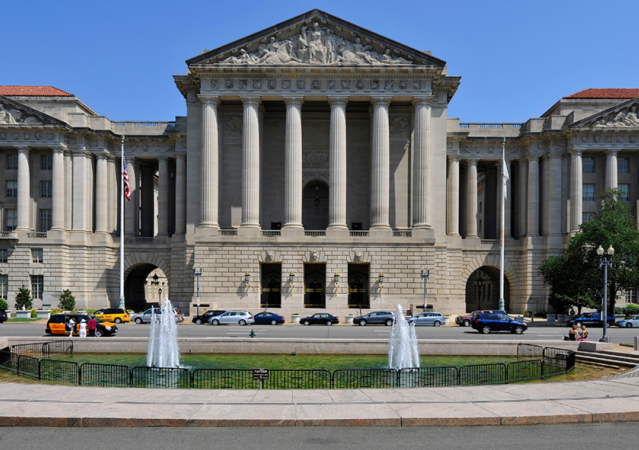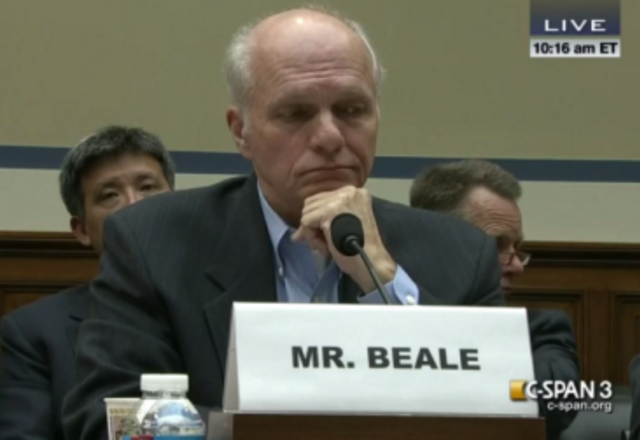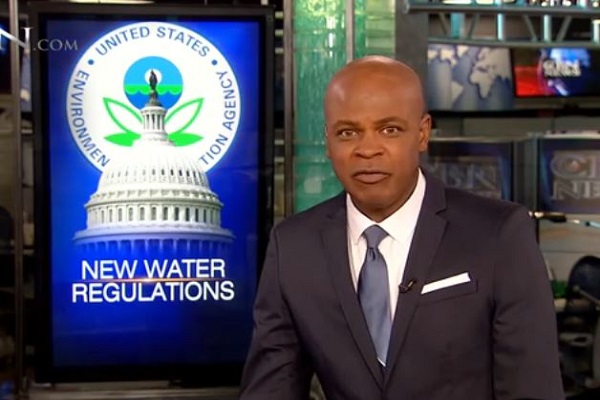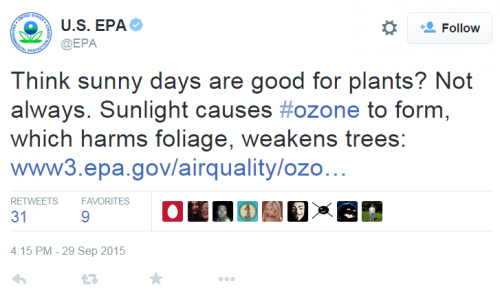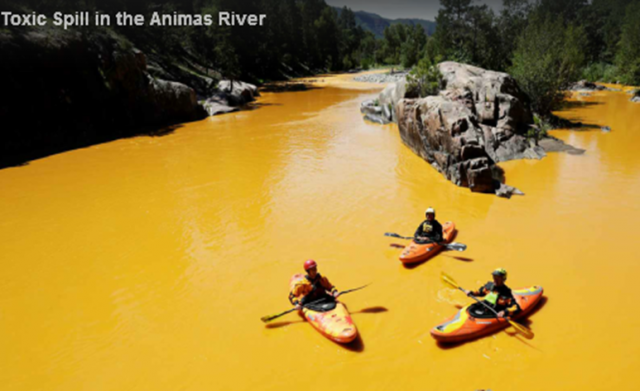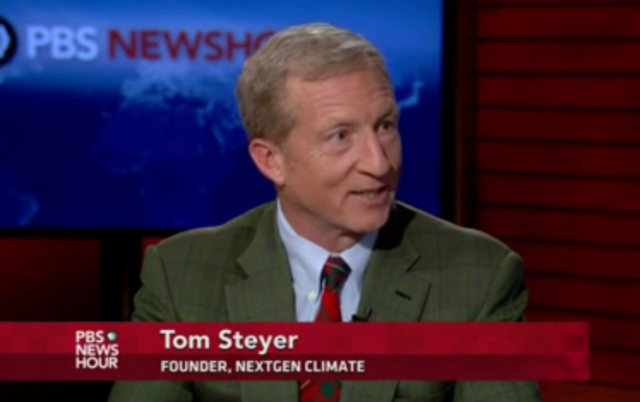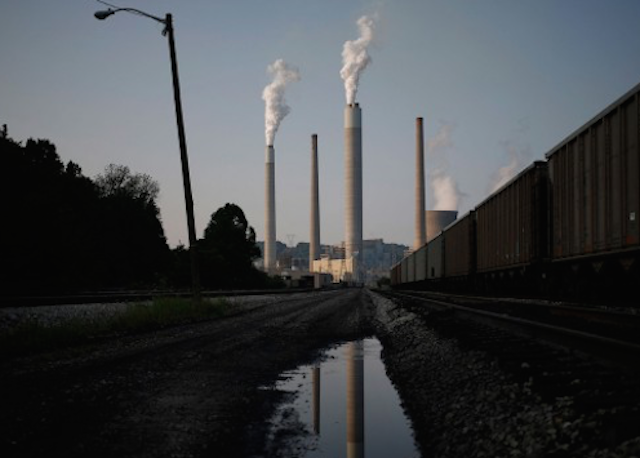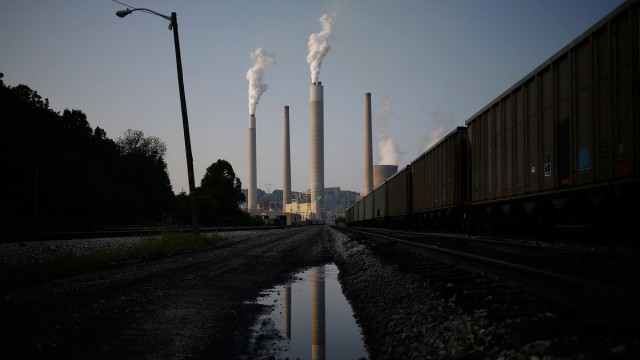Sign White House Petition to remove Bill Clinton’s name from EPA Headquarters
on January 10, 2016
21 Comments
We are in the midst of a campaign to strip Bill Cosby's name from buildings and other forms of public recognition because of allegations he sexually abused multiple women decades ago.
Cosby has not been convicted of a single one of those charges.
But that has not stopped action against Cosby in the public sphere. For example, Buzzfeed reported in September 2015, Bill Cosby’s Name Removed From Historically Black University In Ohio:
Central State University, a historically black college in Wilberforce, Ohio, announced Friday it is permanently removing Bill Cosby’s name from a building following the multiple allegations of sexual assault made against the comedian. According to the Associated Press, the school put a temporary cover over the name of the Camille O. & William H. Cosby Communications Center building in July, but in the coming weeks the letters will be removed entirely and replaced with “SCU Communications Center.” The building was named after the comedian when his family donated over $2 million to the school.Time magazine has compiled a list:

